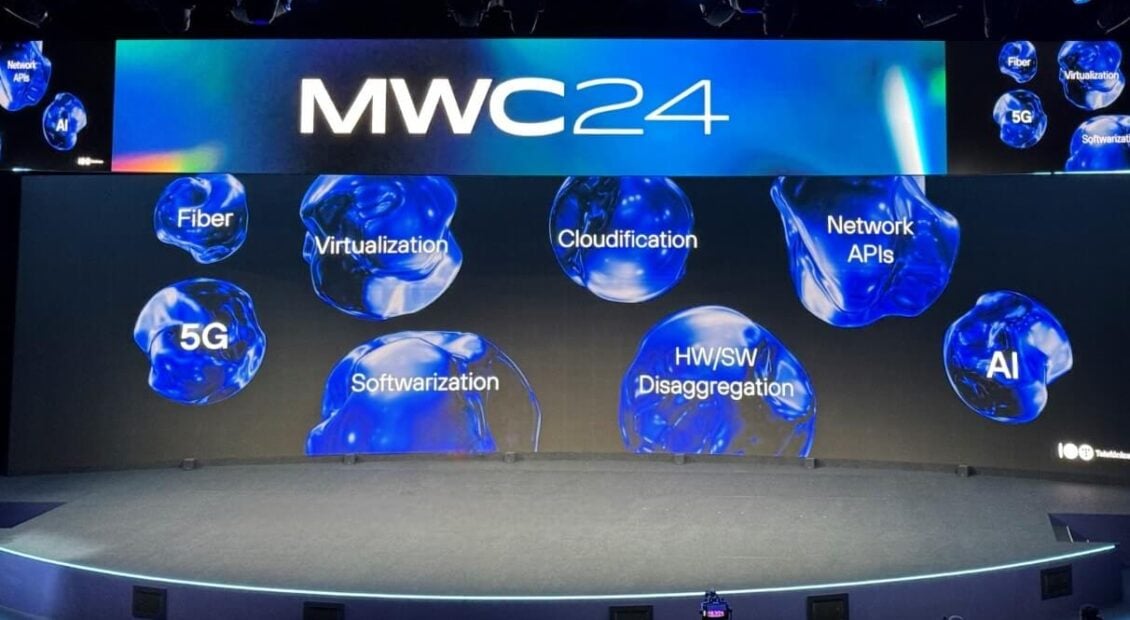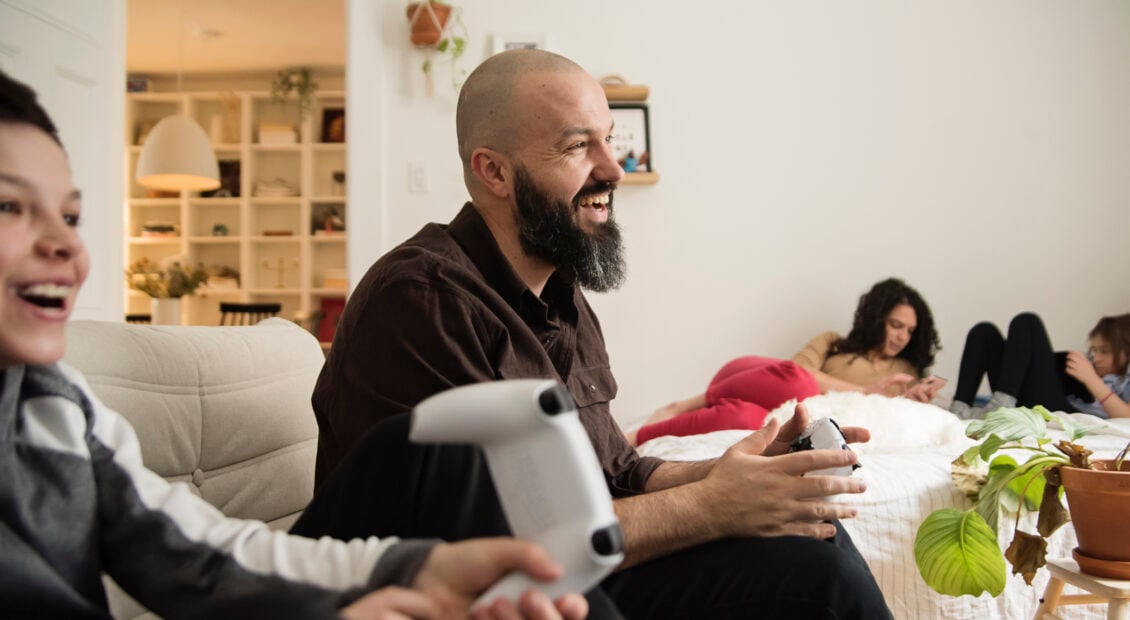
Reinventing insurance: The role of telcos
Telcos have several key assets that can help insurers to harness advanced technology and new data sources to become more proactive and create new value in an increasingly unstable and unpredictable world.


Telcos have several key assets that can help insurers to harness advanced technology and new data sources to become more proactive and create new value in an increasingly unstable and unpredictable world.

Results from our survey of over 200 enterprises found a growing interest for sustainability services. We outline actionable strategies telcos can employ to meet this demand and foster green revenue growth

As society becomes ever more dependent on connectivity, telcos face a growing risk of being regulated like traditional utility companies. This report details how operators can avoid falling into “the utility trap” and drive growth in the next decade.

In this report we update our model of the financial value of adding AI, analytics and automation (A3) into a telco’s processes. The focus of this update is the network and OSS. In these domains, our bottom-up assessment shows that telcos can achieve financial benefits amounting to 5% of annual revenues.

Operators who neglect sustainability throughout their network automation journeys may miss out on synergistic energy saving opportunities. We explore five automation applications that reduce emissions and outline how operators can maximise sustainability outcomes in their network automation journeys.
Telcos need new skills to change their organisations to compete like technology companies. Insights from our Future skills tracker tool show that telcos are behind techcos in the penetration of key skillsets and provides direction on the capabilities required to become more innovative, agile and software-driven overall.

The traditional “moat-building” business model adopted by telcos is no longer viable. If telcos are to compete with internet giants in 2030, they must fundamentally change as organisations. Part 1 of our Telecoms 2030 series outlines this need for change, providing three possible business models for the telco of 2030 – Servco, Infraco and Techco.

STL Partners’ Research team present their observations from and analysis of the biggest mobile industry event of the year. There was a lot of buzz around AI and API but behind the tech jargon, we saw evidence that our industry continues to morph to become more open and customer-focused.

Providing TV and video content can still be a profitable business, but only if telcos play to their strengths by focusing on aggregation, distribution and recommendations.

Generative AI is expected to create significant value across the telecommunications industry. To capitalise on the opportunity, telcos must build new skills across their organisations. Getting this right is critical given the scale of implementation challenges and the significance of impact on how employees work.

Based on its deep industry knowledge, STL Partners is sharing its vision on how telcos can reverse the trend of stagnating consumer revenues by focusing on innovation, new ventures and excellent customer experience.

Telcos are getting moving with cloud-native. We have asked executives at seven such telcos about the process and what it has meant for their organisations, skills requirements and ways of working.

Consumers and employees are beginning to adopt wearable devices that can live stream video to image recognition systems and expert advisors. Over time, these devices will place new demands on cellular networks.

The maturity of telco automations in the network OSS and BSS varies significantly. Some telcos are reporting significant headcount reductions from mature automations while others are still in the early stages of simple automation deployments. There are important steps telcos must consider if they are to reach maximum automation.

The first commercial deployments of open RAN networks have been announced. But operators are unsure whether to deploy quickly for first-mover advantage or play it safe and wait for more proof points. We explore the causes of open RAN inertia and how operators can get deployments back on track.

AI applications will require low-latency, local compute for rapid inferencing and large scale data collection, triage, and engineering. Edge compute will therefore play a key role in AI app delivery. However it’s not just about infrastructure – commercial scale for edge AI will depend on effective ecosystem collaboration models.

We examine four ecosystem business frameworks to see how they might look when applied to the emerging network API opportunity to assess whether these sorts of models can unlock commercialisation possibilities in uncertain markets.